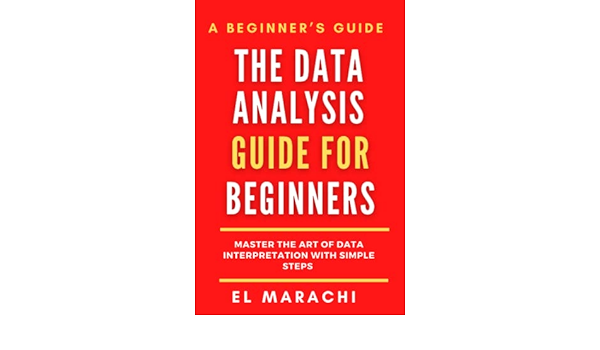Introduction:
Data analysis stands as a cornerstone in the era of information, turning raw data into meaningful insights. By mastering key techniques and leveraging the right tools, individuals and organizations can unlock the potential of data to make informed decisions, identify trends, and solve complex problems.
1. Statistical Methods: Foundation of Data Analysis
- Descriptive Statistics: Summarize the main aspects of the collected data, providing an insightful snapshot of its main characteristics through measures of central tendency and dispersion.
- Inferential Statistics: Make inferences about populations based on samples of data, enabling hypothesis testing and the derivation of estimates and predictions.
2. Data Visualization: Communicating Insights
- Charts and Graphs: Utilize visual elements like bar graphs, pie charts, and scatter plots to represent data, facilitating easier interpretation of patterns and trends.
- Interactive Dashboards: Develop interactive and real-time dashboards using tools like Tableau for a more dynamic and user-friendly data representation.
3. Machine Learning: Predictive Modeling and Classification
- Supervised Learning: Implement algorithms that use labeled training data to predict outcomes or classify data points.
- Unsupervised Learning: Explore patterns and structures in data where outcomes are unknown, uncovering hidden patterns and structures.
4. Big Data Analysis: Handling Voluminous Datasets
- Hadoop and Spark: Leverage distributed computing frameworks like Hadoop and Spark for processing and analyzing large datasets.
- Cloud-Based Solutions: Utilize cloud platforms like AWS and Azure for scalable and flexible big data analysis solutions.
5. Data Mining: Uncovering Patterns and Anomalies
- Association Rule Mining: Identify interesting relationships and associations among a large set of data items.
- Anomaly Detection: Spot unusual patterns and outliers that do not conform to expected behavior.
6. Programming Languages: The Backbone of Analysis
- Python and R: Harness the power of programming languages like Python and R, renowned for their versatility and libraries dedicated to data analysis.
- SQL: Utilize SQL for querying databases, manipulating, and analyzing structured data stored in relational database management systems.
7. Text Analytics: Extracting Meaning from Unstructured Data
- Natural Language Processing (NLP): Apply techniques from NLP to analyze text data, extracting entities, sentiments, and themes.
- Topic Modeling: Identify topics present in a text corpus, discovering the hidden thematic structure in large collections of documents.
8. Time Series Analysis: Understanding Temporal Data
- Forecasting Models: Develop models like ARIMA and Exponential Smoothing for predicting future values based on past observations.
- Seasonal Decomposition: Decompose time series into seasonal, trend, and residual components to analyze patterns.
9. Geospatial Analysis: Exploring Spatial Relationships
- Spatial Visualization: Create maps and other spatial visualizations to explore geographical patterns and relationships in data.
- Spatial Statistics: Apply statistical methods to geospatial data to identify spatial clusters and hotspots.
10. Optimization Techniques: Solving Complex Problems
- Linear Programming: Utilize linear programming for optimizing resource allocation, reducing costs, and improving efficiency.
- Simulation Modeling: Develop simulation models to test scenarios, identify risks, and optimize strategies under uncertain conditions.
Conclusion:
Mastering the art of data analysis necessitates a multi-faceted approach, combining a variety of techniques and tools. From the foundational principles of statistics to the advanced realms of machine learning and big data, each element contributes to a holistic understanding of the data at hand. Equipped with these skills and tools, individuals and organizations are poised to harness the transformative power of data, driving innovation, enhancing decision-making, and uncovering hidden truths in the vast sea of information.
Tags: #DataAnalysis, #Techniques, #Tools, #Statistics, #DataVisualization, #MachineLearning, #BigData, #PredictiveModeling, #DataMining, #ProgrammingLanguages

